#pitt-rivers museum
Photo
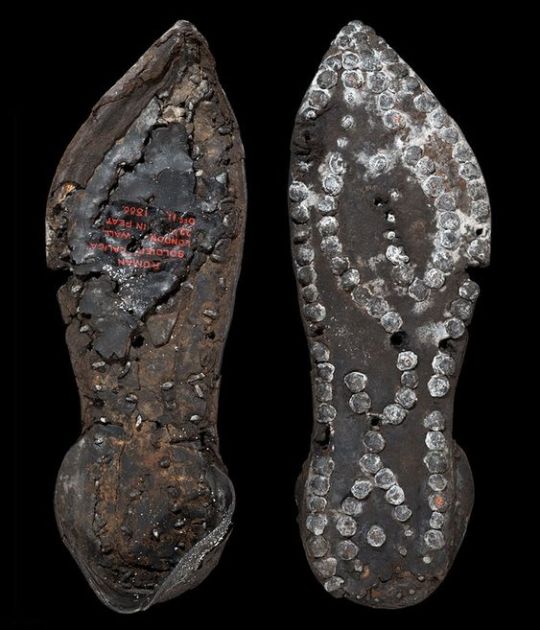
a very very old shoe from the Pitt-Rivers Museum
28 notes
·
View notes
Text

7 notes
·
View notes
Text
Now, this object is of particular interest to me, because when I am not being forced at gunpoint to give guided tours-
Occasion: when you are forced at gunpoint to give a guided tour
Source: The Mechanisms' Tour of the Pitt Rivers Museum, 6:53
#the mechanisms#weekly mechs#pitt rivers museum#queue can't erase me#only the fools use their powers for good
70 notes
·
View notes
Text







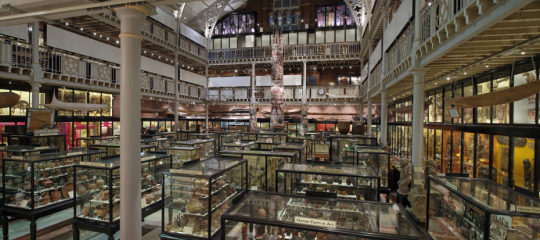
Pitt Rivers Museum
The Pitt Rivers Museum, at the University of Oxford, is unusual among modern museums in that it has largely been kept in the 'Cabinet of Curiosities' style it was originally set up in. The founder, Augustus Pitt Rivers, was a prolific collector and preferred to display things sorted by type, rather than by place - think weapons, or mirrors, or items made from leather, near others of similar use but from different eras or locations.
The museum can also be toured virtually, here.
2 notes
·
View notes
Text
Wait so the Toy Soldier Doesn’t Always Talk Like This. It speaks normally* when voicing lines in OUATIS and UDAD. It’s fully capable of speaking in a normal register, it just chooses not to.
*normal being a can of worms we are leaving closed
#the mechs#the mechanisms#the toy soldier#my posts#i realized this recently and it's so funny to me#this whole post is incredibly (affectionate)#iirc it's not quite as high in the pitt rivers museum tour either but it's been a minute since i watched that
53 notes
·
View notes
Video
Dodo - Pitt Rivers Museum, Oxford da neilsonabeel
Tramite Flickr:
Nikon Action Touch Kodak Portra 400
#bird#extinct#dodo#Nikon Action Touch#Nikon#Kodak#color#museum#Oxford#UK#England#Oxfordshire#film#analogue#point and shoot#Kodak Portra 400#Pitt Rivers Museum#flickr
5 notes
·
View notes
Text
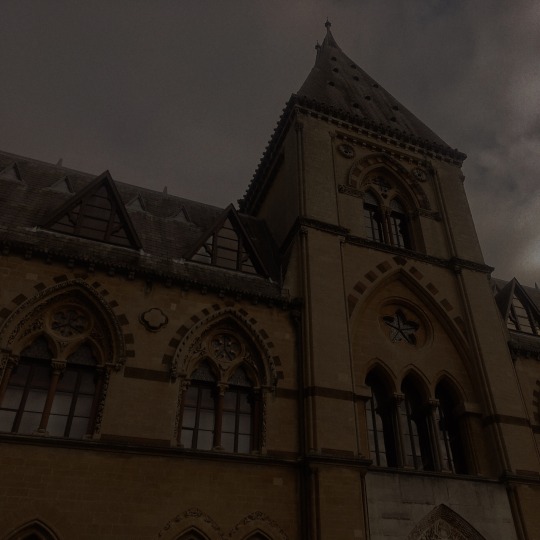




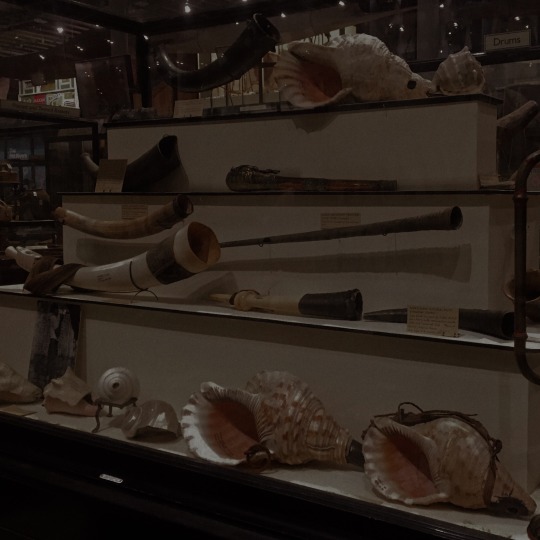

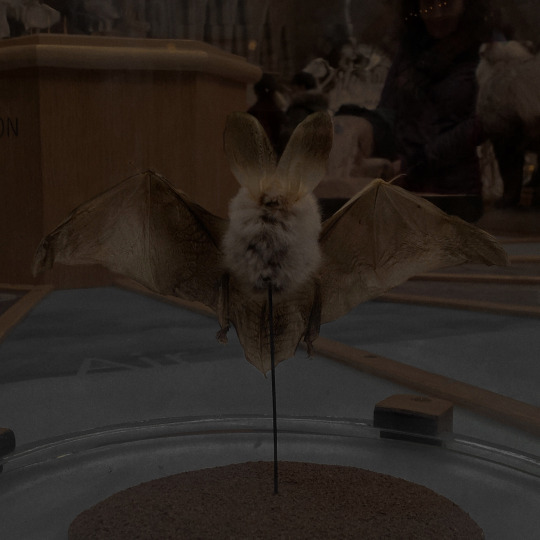

11/2/23 - pitt rivers & natural history museum
that little long-eared bat (8/9) filled me with joy today. holy fuck. what a creature.
#oxford university#oxford#pitt rivers museum#museums#natural history#dark academia#dark academia aesthetic#studyspo#study blog#studyblr#architecture
3 notes
·
View notes
Photo




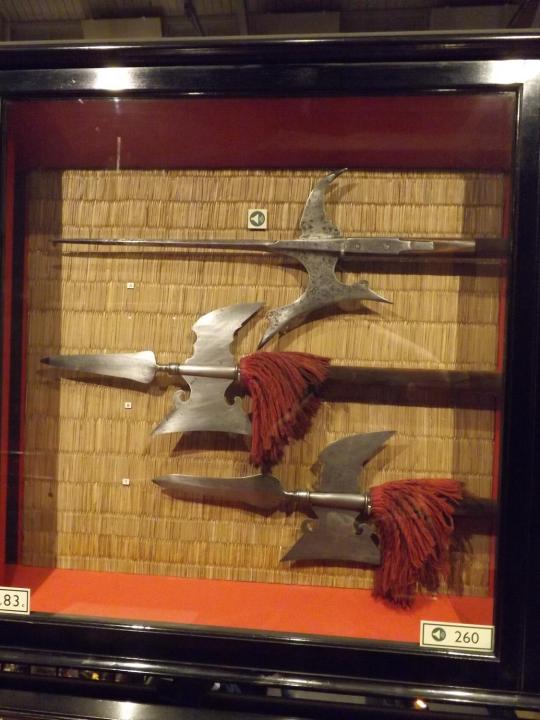





Adjoining the natural history museum is the Pitt Rivers Museum, which packs a pretty extraordinary array of Stuff into one room. I didn’t take so many photos in there - there is, as mentioned, an awful lot of Stuff in there - but I did quite like their weapon collection. This museum has also done a lot of work towards decolonisation, which it has largely done not by changing all the old labels but by leaving them in place and adding newer interpretation alongside them often saying (essentially) “Uh, yeah, this? No. Just... no.” They’ve also taken the actual human remains off display.
3 notes
·
View notes
Text
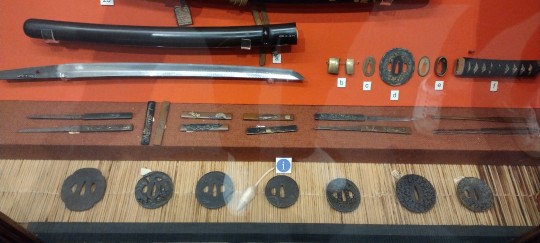
Samurai sword pieces and various tsuba.
Upper Gallery, Pitt Rivers Museum, Oxford
0 notes
Text
Wunderkammers, colonial hangovers and multivocality.
Is the Wunderkammer style just a colonial hangover or does it have more to teach us?
The recent Wunderkammer exhibition at Southend Central museum looked at the origin of the museum in the Cabinets of Curiosities (‘Wunderkammer’ in German) of the early modern period and shows how these private collections evolved into the modern museum. In previous posts, I reviewed the exhibition, discussed the Egyptian artefacts, and considered the Alan Sorrell paintings of Nubia. Here I…
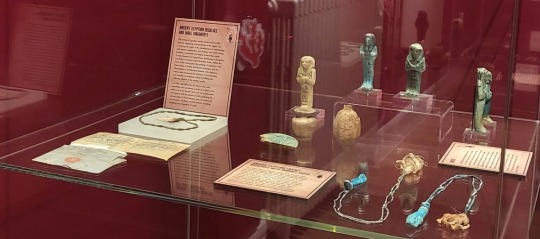
View On WordPress
#Antiquities#archaeology#Digital museums#Egyptology#Exhibitions#Museums#Petrie Museum#Pitt Rivers Museum#Wunderkammer
0 notes
Text
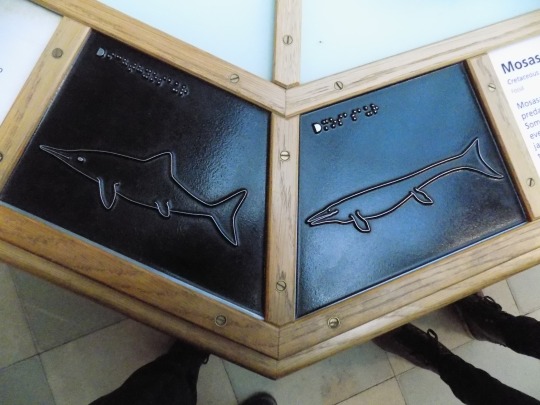
3 notes
·
View notes
Photo

Today’s Flickr photo with the most hits: this much travelled lute, with commemorative inscriptions of battles in World War I. It lives in the Pitt Rivers Museum, Oxford.
0 notes
Text
Sometimes I remember the Mechanisms tour of the Pitt Rivers Museum exists and rejoice. I do not know why a band of immortal space pirates, or even a group of talented musicians PERFORMING as a band of immortal space pirates would do this, and yet I am very glad that it exists. Its unexpected and absurd and amazing.
Also any day I get more Toy Soldier content than I signed up for is a good day
105 notes
·
View notes
Text
Every time I feel sad, I remember The Mechanisms' Tour of the Pitt Rivers Museum REUPLOAD on YouTube
37 notes
·
View notes
Text
Does anyone have a downloaded copy of the Pitt Rivers museum tour?
It seems to have disappeared from Vimeo. @gunpowderdtim and I are working on a publicly accessible archive of mechs material, but didn’t get to this before it went down. If anyone has a copy, please send it our way so we can preserve it!
If you don’t, reblogs would be helpful to hopefully reach someone who does have a copy.
351 notes
·
View notes
Text
Holed Stones in English Folk Magic
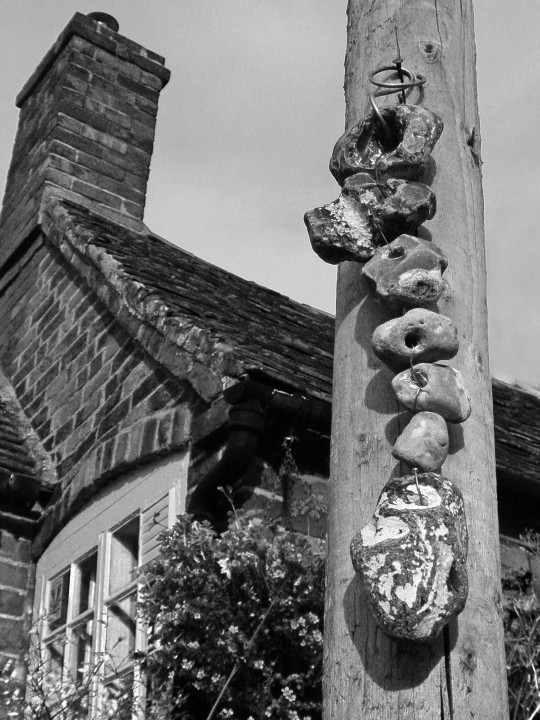
Sources at the end
Stones with naturally occurring holes in them have many uses in magic all over the world. In England they have been used for protection and luck as well as in medicine. Holed stones are known by many different names, In England they have been and are known by numerous names such as Hag stones, Witch stones, Serpents'/Snakes' eggs, Adder stones, and Lucky stones. For the sake of clarity, I will be referring to them as ‘holed stones’.
Luck and Protection
Holed stones are used as amulets for protection against Hags, witches, faeries, and other spirits, when they are used in this way they are referred to as hag or witch stones. People would hang a holed stone above the door of their home or barn, and sometimes passageways within the home. People would also keep a small holed stone in a pocket for luck and protection.
Holed stones have also been known for being lucky, being worn around the neck for luck or tossed over the shoulder after spitting through the stone's hole to grant a wish. It was also said that is a person tied a holed stone to their house keys, those who resided in the home would be prosperous.
In communities where fishing and/or sailing was common the use of holed stones for protection was common, tying them to the bows of boats or inside of smaller rowing boats for protection while at sea. Holed stones were also used to protect against drowning, Christopher Duffin (2011) writes, “The coxswain of the Ramsay lifeboat [during 1929], also a fisherman by trade, always wore a small discoidal [holed] stone around his neck, threaded with copper wire. The amulet, passed down through three generations of fishermen, was credited with preserving the life of the wearer through terrible maritime circumstances.”
Medicine
As these holed stones protected against hags, witches, faeries, and other spirits they would often be used in medicine, as magic was often thought to be the cause of illness.
One of the illnesses holed stones were used to treat is ‘hag-riding’, in the book A Dictionary of English Folklore it is defined as “a frightening sensation of being held immobile in bed, often by a heavy weight pressing on one’s stomach or chest […] In folklore, it was thought of as a magical attack, though whether by demonic incubus, ghost, harmful fairy, or witch varied according to place and period.” (Simpson & Roud, 2003) Today hag-riding is understood to be sleep paralysis. To treat hag-riding a holed stone would be hung above the bed of the sufferer or, if the sufferer is an animal, placed in a stable.
This belief applied to both humans as well as other animals; hag stones were often used in the treatment of ill livestock. In Lancashire holed stones would be tied to the back of cows to protect them from all forms of harm, “self-holed stones, termed ‘lucky-stones,’ are still suspended over the backs of cows in order that they may be protected from every diabolical influence.” (Harland and Wilkinson 1873).
Sources:
Thwaite, A.-S. (2020). Magic and the material culture of healing in early modern England [Apollo - University of Cambridge Repository]. https://doi.org/10.17863/CAM.63593
Jacqueline Simpson & Steve Roud (2003). A Dictionary of English Folklore. Oxford University Press. https://www.oxfordreference.com/display/10.1093/oi/authority.20110803095941856
Vicky, King (2021, November 11). Hag Stones and Lucky Charms. https://www.horniman.ac.uk/story/hag-stones-and-lucky-charms/
Pitt Rivers Museum, Accession Number: 1985.51.987.1 https://www.prm.ox.ac.uk/collections-online#/item/prm-object-239947 (c) Pitt Rivers Museum, University of Oxford, Date Accessed: 21 January 2024
Adams, Thomas, fl. 1612-1653., 2013, A commentary or, exposition vpon the diuine second epistle generall, written by the blessed apostle St. Peter. By Thomas Adams, Oxford Text Archive, http://hdl.handle.net/20.500.12024/A00665
Christopher J. Duffin (2011) Herbert Toms (1874–1940), Witch Stones, and Porosphaera Beads, Folklore, 122:1, 84-101, DOI: 10.1080/0015587X.2011.537134
Photo source:
Harland, J., & Wilkinson, T. T. (1873). Lancashire Legends: Traditions, Pagents, Sports, & C. With an Appendix Containing a Rare Tract on the Lancashire Witches, & C., &c. G. Routledge. https://archive.org/details/cu31924028040057
File:Hag Stones (8020251781).jpg. (2023, February 2). Wikimedia Commons. Retrieved 04:11, January 26, 2024 from https://commons.wikimedia.org/w/index.php?title=File:Hag_Stones_(8020251781).jpg&oldid=729610598.
#folk magic#witch#witchcraft#English folk magic#folklore#folk medicine#hagstone#hag stone#pagan#witchblr#green witch#magika#magic#witches#occult#folk witchcraft#folk witch#cunning folk#image description in alt#charms#traditional magic#traditional witch#traditional witchcraft#i hope this isn't absolute crap#grimoire
25 notes
·
View notes